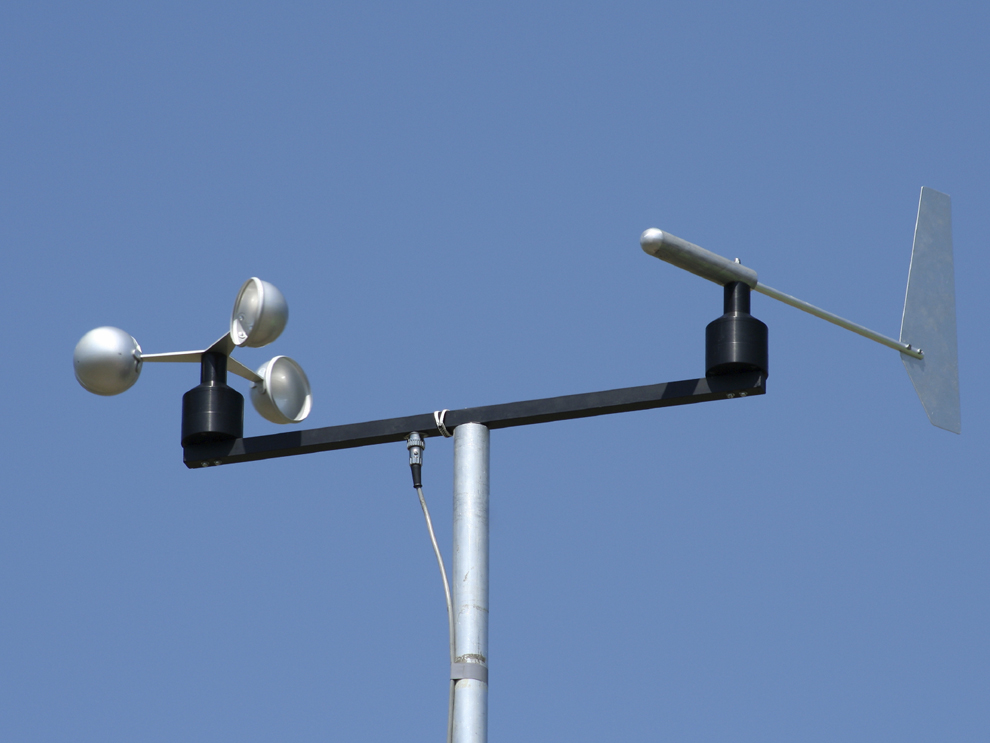An anemometer is a device used for measuring wind speed and is a vital instrument in meteorological observations. It helps scientists and weather forecasters understand wind conditions that impact many areas including aviation, infrastructure design, renewable energy projects and more.
What is an Anemometer?
An anemometer, from the Greek word anemos meaning wind, is an instrument used for measuring the speed of wind. The basic components of an anemometer include a wind vane to detect the wind direction and one or more rotating cups, propellers or blades to gauge wind speed. As wind blows against the cups or blades, they begin to rotate. The speed of rotation is directly proportional to wind velocity. Some advanced anemometers also have tilt sensors, data loggers and communication modules to transmit wind measurements to remote monitoring stations.
Common Types of Anemometers
There are several different types of anemometers depending on their mechanisms and applications:
– Cup Anemometers: One of the most common types, it has 3 or 4 hemispherical plastic cups mounted on a horizontal axis. As wind turns the cups, rotation is converted to wind speed which is displayed on an attached meter.
– Propeller Anemometers: Consists of 2 or 3 propeller-like blades attached to a rotating shaft. The rotation of the propellers corresponds to wind speed. More durable than cup anemometers.
– Ultrasonic Anemometers: Does not have any moving parts. Uses transducers to calculate wind speed from time difference of ultrasonic pulses against the wind. Highly accurate for turbulence measurements.
– Hot-Wire Anemometers: Contains a thin hot wire placed in the airflow. Wind speed is determined from rate of heat loss from the wire. Very fast responding but requires frequent calibration.
Factors Measured by Anemometers
In addition to wind speed, modern anemometers can also measure factors like:
– Wind Direction: Most have integrated wind vanes or sensors to detect flow direction.
– Gust Speed: Detects sudden increases or peaks in wind velocity above the average. Important for structures.
– Vertical Wind Profile: Used with multiple sensors at different heights to study variations with altitude.
– Turbulence: detects fluctuations, shears and vortices within airflow. Important for aircraft/wind farms.
– Temperature: Some anemometers have integrated thermometers to factor in air density variations.
Location and Uses of Anemometers
Anemometer are installed at meteorological stations, airports, wind farms and industrial facilities to obtain localized wind measurements:
– Airports: Critical for take-offs, landings and routing of air traffic based on real-time wind conditions.
– Weather Stations: Used by meteorologists to study wind patterns, forecast trends and issue advisories.
– Wind Farms: Deployed on-site to assess energy production potential before and during operations.
– Construction Sites: For evaluating structural loads, foundation designs and safety of tall towers, bridges etc.
– Offshore Platforms: Installed on oil rigs and vessels to monitor hazardous storms.
– Research Laboratories: Help engineers and scientists analyze aerodynamics, pollutant dispersal and natural phenomena.
– Recreational Areas: Provides data useful for activities like boating, sailing and assessing wildfire risks.
The Importance of Accurate Anemometer Measurements
Reliable wind measurements are essential for numerous applications in engineering, energy production, infrastructure planning and more. This stresses the need for high-quality, precise anemometers calibrated regularly according to industry standards. Some key benefits of accurate anemometer readings include:
– Enhanced safety of aircraft operations based on true wind conditions.
– Optimal siting and designs for wind turbines to maximize energy harvest rates.
– Safer construction of tall structures able to withstand actual wind loads.
– Improved meteorological forecasting helping disaster management and agriculture.
– Efficient dispersion modeling of airborne pollutants and harmful particulate matter.
– Cost-savings from reduced uncertainties in projects dependent on local climatic wind patterns.
Anemometers are vital scientific tools that have helped advance our understanding of atmospheric winds. Their measurements continue supporting diverse fields from aviation to renewable power generation. With new advanced sensor technologies, anemometers are becoming even more precise while being deployed in innovative applications. This underscores their enduring importance in meteorology and many wind-dependent industries.
*Note:
1. Source: Coherent Market Insights, Public sources, Desk research
2. We have leveraged AI tools to mine information and compile it

